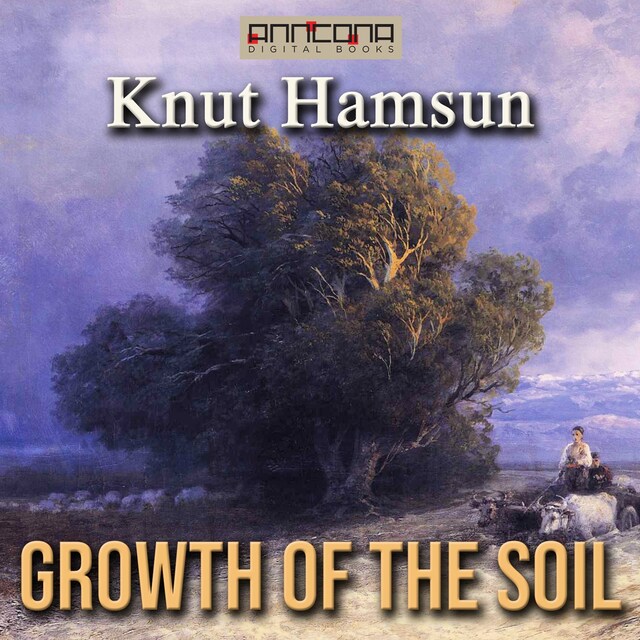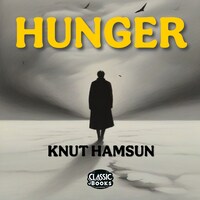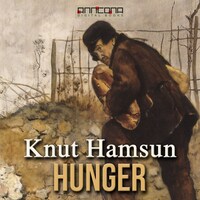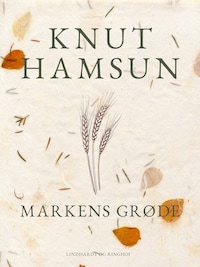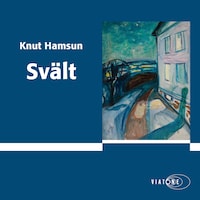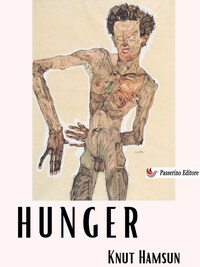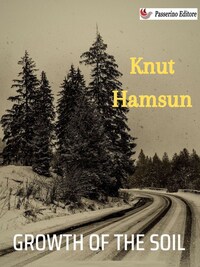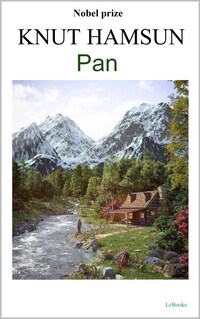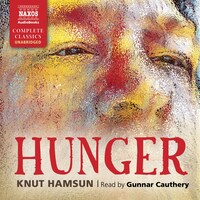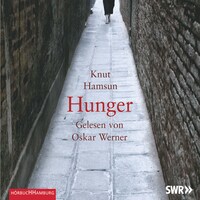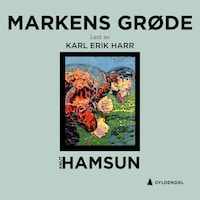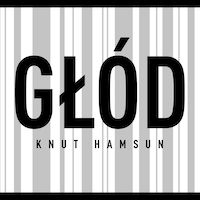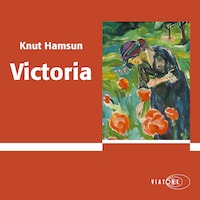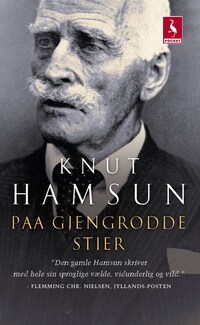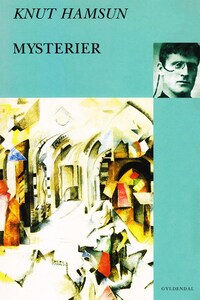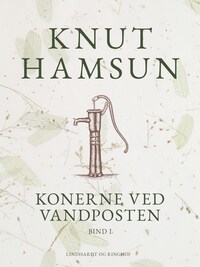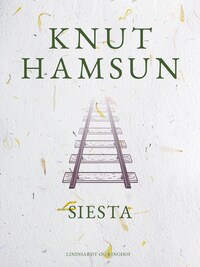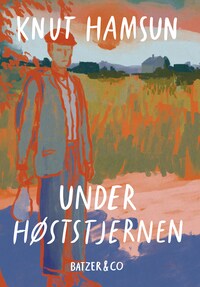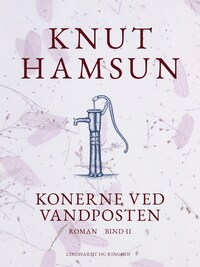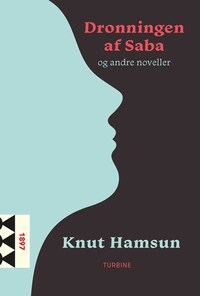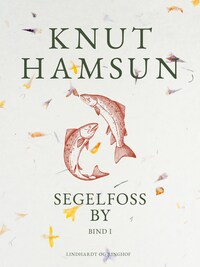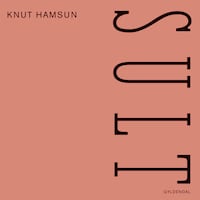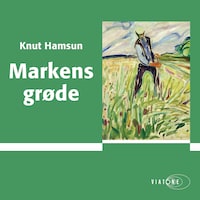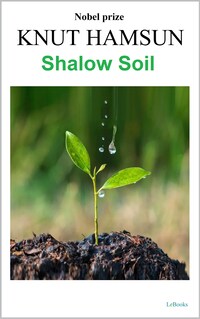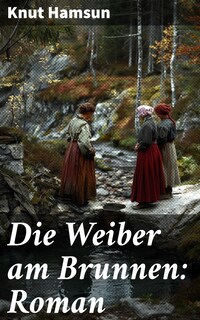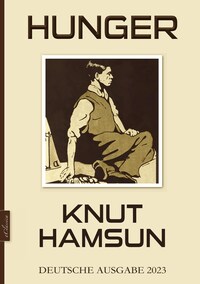Growth of the Soil
Tietoa kirjasta
Growth of the Soil is a novel by Knut Hamsun which won him the Nobel Prize in Literature in 1920. Growth of the Soil is regarded as a historical classic. It follows the story of a man who settles and lives in rural Norway.
Growth of the Soil is the life story of a man in the wilds, the genesis and gradual development of a homestead, the unit of humanity, in the unfilled, uncleared tracts that still remain in the Norwegian Highlands. It is an epic of earth; the history of a microcosm. Its dominant note is one of patient strength and simplicity; the mainstay of its working is the tacit, stern, yet loving alliance between Nature and the Man who faces her himself, trusting to himself and her for the physical means of life, and the spiritual contentment with life which she must grant if he be worthy. . .The story is epic in its magnitude, in its calm, steady progress and unhurrying rhythm, in its vast and intimate humanity. The author looks upon his characters with a great, all-tolerant sympathy, aloof yet kindly, as a god.
The novel was written in the popular style of Norwegian new realism, a movement dominating the early 20th century. The novel exemplified Hamsun's aversion to modernity and inclination towards primitivism and the agrarian lifestyle. The novel employed literary techniques new to the time such as stream of consciousness. Hamsun tended to stress the relationship between his characters and the natural environment.
Growth of the Soil was first published in 1917. This edition translated by William Worster. Audiobook read by Greg W., running time 14 hours, 31 min. Unabridged full version. Also available as E-Book.
Growth of the Soil ja yli miljoona muuta kirjaa
alkaen 8,99 €/kk
Täytä elämäsi tarinoilla
